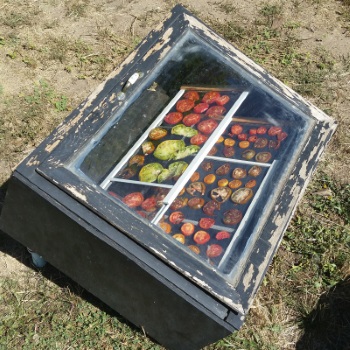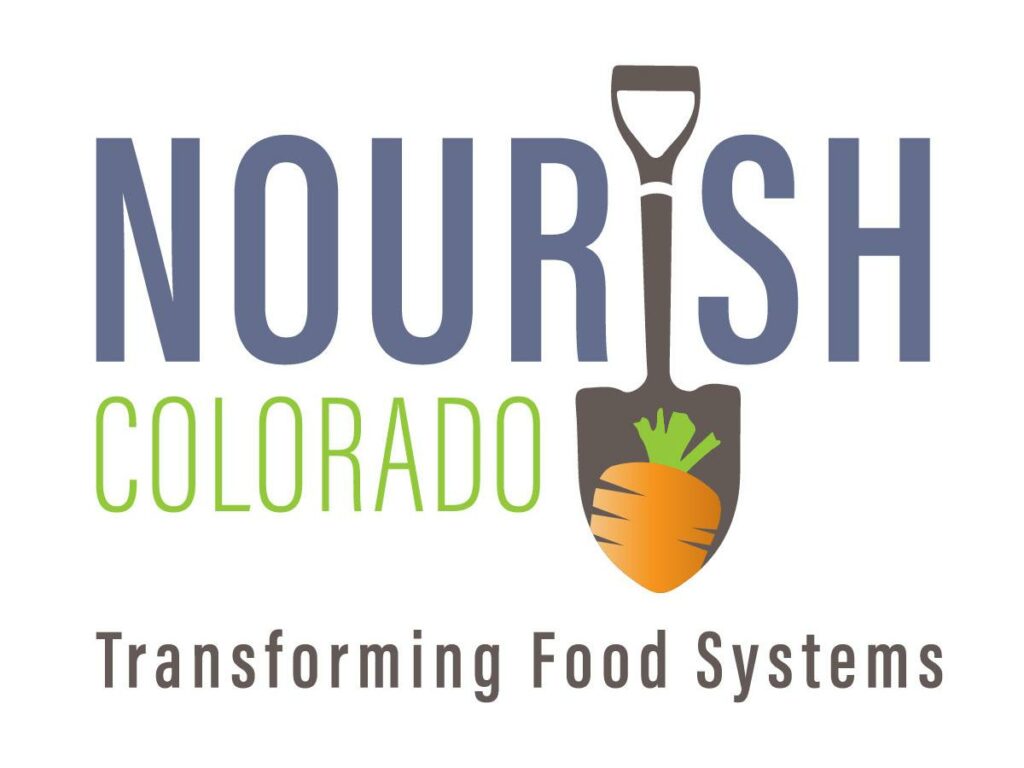Farm to School Month: A Look at What Policy Makers Are Doing, and What They Could Be Doing, to Support Local Foods

October is National Farm to School Month, a celebration of food education, school gardens and lunch trays filled with healthy, local ingredients. Farm to school programs improve nutrition in schools by ensuring students have access to fresh, locally grown foods, improve local economies by prioritizing procurement of local products, and provide educational opportunities for students through school gardens, cooking lessons and farm field trips. Farm to school programs also enrich community connections between schools, local food producers, and fresh produce.
But implementing these programs is no small feat. Gabriella Warner, program director for LiveWell’s School Food Initiative, explains: “There are numerous rules and regulations regarding reimbursable meals served in the school setting. That’s what makes these programs so remarkable – food & nutrition service staff have the difficult job of getting nutritious and safe food to the table, let alone from the garden.”
Schools, and especially food & nutrition service departments, operate on tight budgets with various restrictions on where and how they spend their funding. Acquiring the necessary expertise, funds, and resources to begin a farm to school program is a significant barrier, especially for smaller districts. The USDA offers a small number of competitive grants to help overcome those barriers, but there are many other ways policy makers can support farm to school programs.
The Federal Farm to School Program
The purpose of the USDA Farm to School Grant Program is to assist school districts in preparation or implementation of farm to school programs that improve access to local foods. The USDA has annually awarded up to $5 million in competitive grants over the last five years. Despite this investment, federal support falls significantly short of local demand. Over the last five years, the USDA has awarded roughly $25 million in support of local farm to school efforts. Over the same time span, the department has received $120 million in grant proposals. The current farm to school marker bill that has been introduced in congress has earmarked up to $15 million for farm to school grants annually in response to the groundswell of support for these programs. LiveWell Colorado supports these efforts to increase aid to local programs.
In the 2010 Healthy Hunger Free Kids Act, the USDA was further charged with supporting farm to school efforts through grants, training, technical assistance, and research. In addition to its federal grant program, the USDA maintains a directory of resources, including other funding opportunities useful for farm to school professionals.
How Colorado Can Support Farm to School Programs

While the federal farm to school program has been a powerful impetus to begin farm to school initiatives across the state, there are many ways Colorado’s policy makers can support this movement.
The state could, for instance, establish its own grant program in tandem with the USDA’s. This grant money could support ineligible school districts under the current federal guidelines or districts not yet ready to apply for the competitive federal grant. State funds could also cover the 25% match required by the federal grant program. Collaboration between local governments, businesses, and philanthropic organizations can provide an important platform in leveraging support for these matching funds.
In 2017, LiveWell initiated HB17-1192 that was introduced by Speaker of the House Crisanta Duran. This bill will be re-introduced in the 2018 session and will provide the Colorado Food Systems Advisory Council and the Colorado Farm to School Task Force with staffing support to ensure, in part, local agricultural producers get connected with new markets, including a heavy emphasis on supporting new and existing farm to school programs. National data shows that farm to school programs stimulate $2.16 in local economic activity for each $1 invested and increases farmer income by a 5% average. A small investment by the state could leverage millions of dollars in local economic activity.
LiveWell Colorado also supports broader investment in nutrition incentive programs like Double Up Food Bucks, a federally funded program run by LiveWell Colorado that increases access to local, healthy produce in low-income communities. When recipients of Supplemental Nutrition Assistance Program (SNAP), previously known as food stamps, shop at participating farmers markets and retailers, they can have their SNAP benefits matched dollar for dollar up to $20 to purchase Colorado-grown fruits and vegetables.

